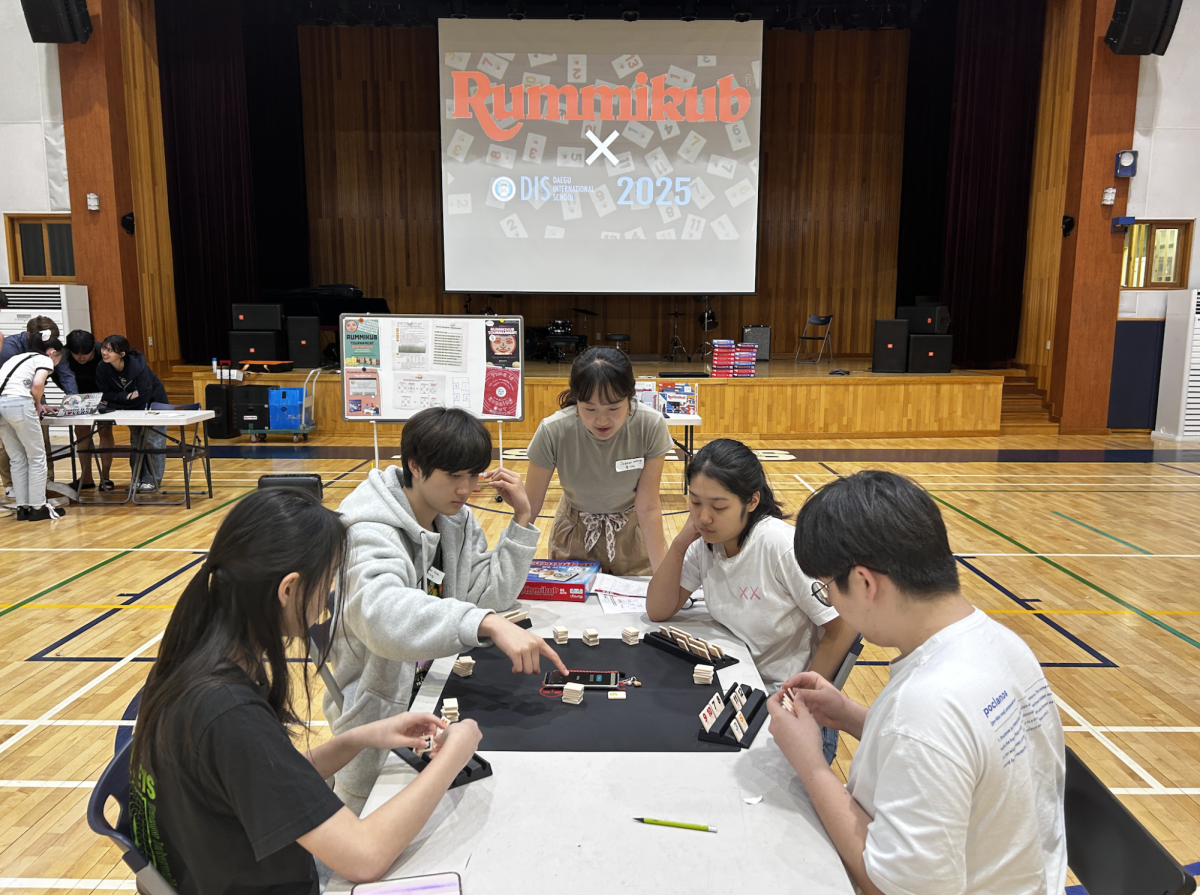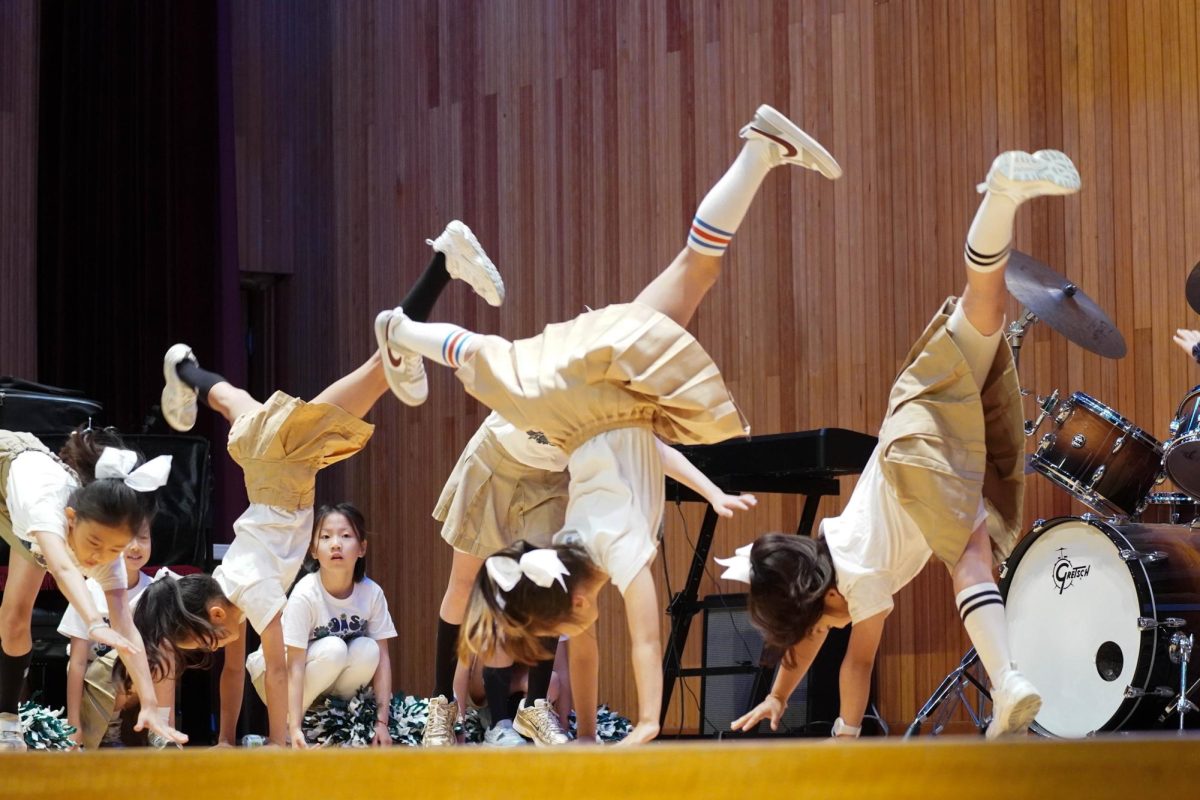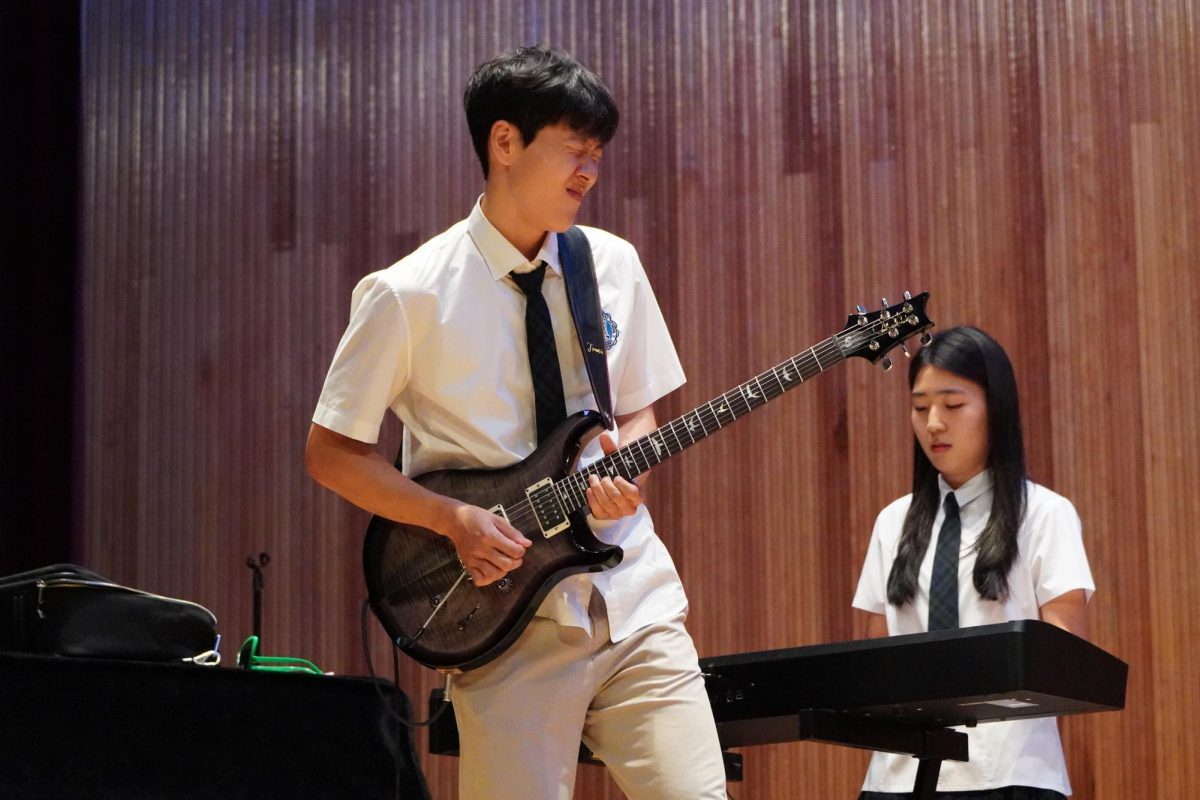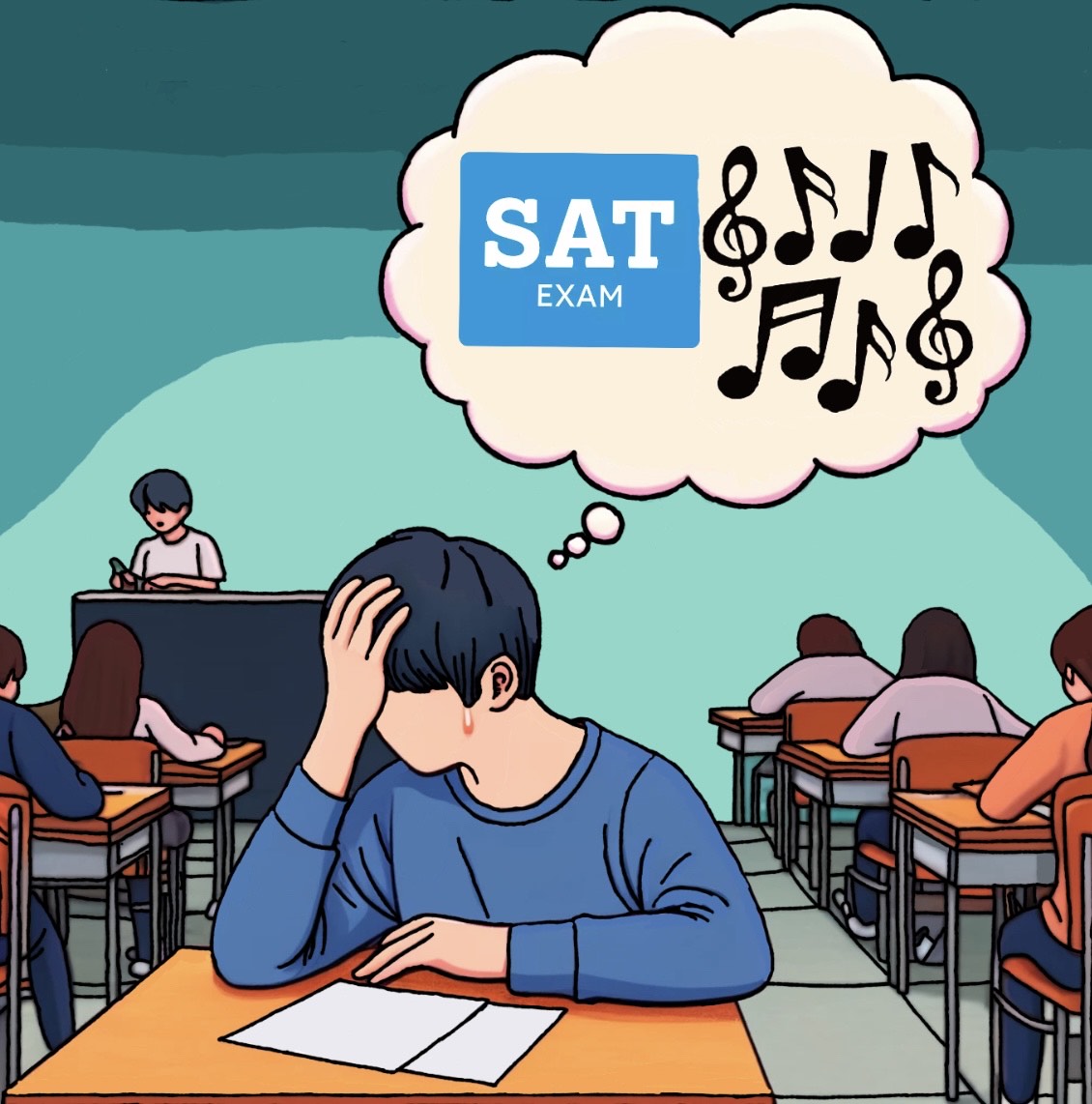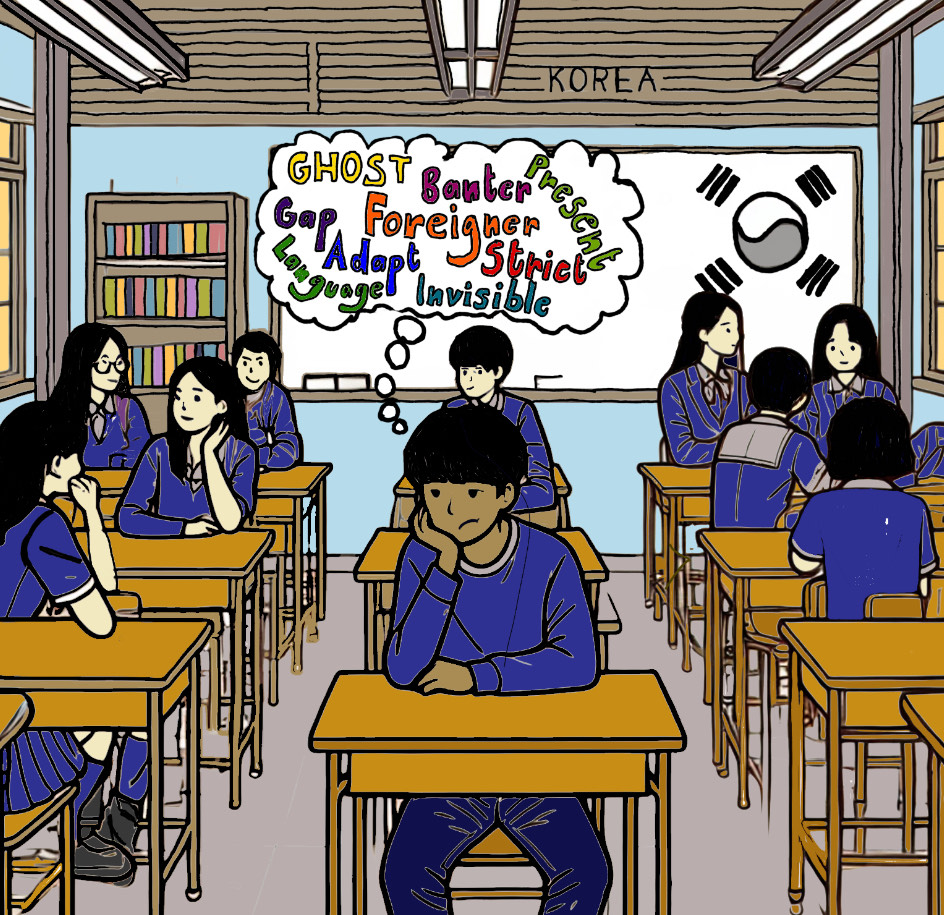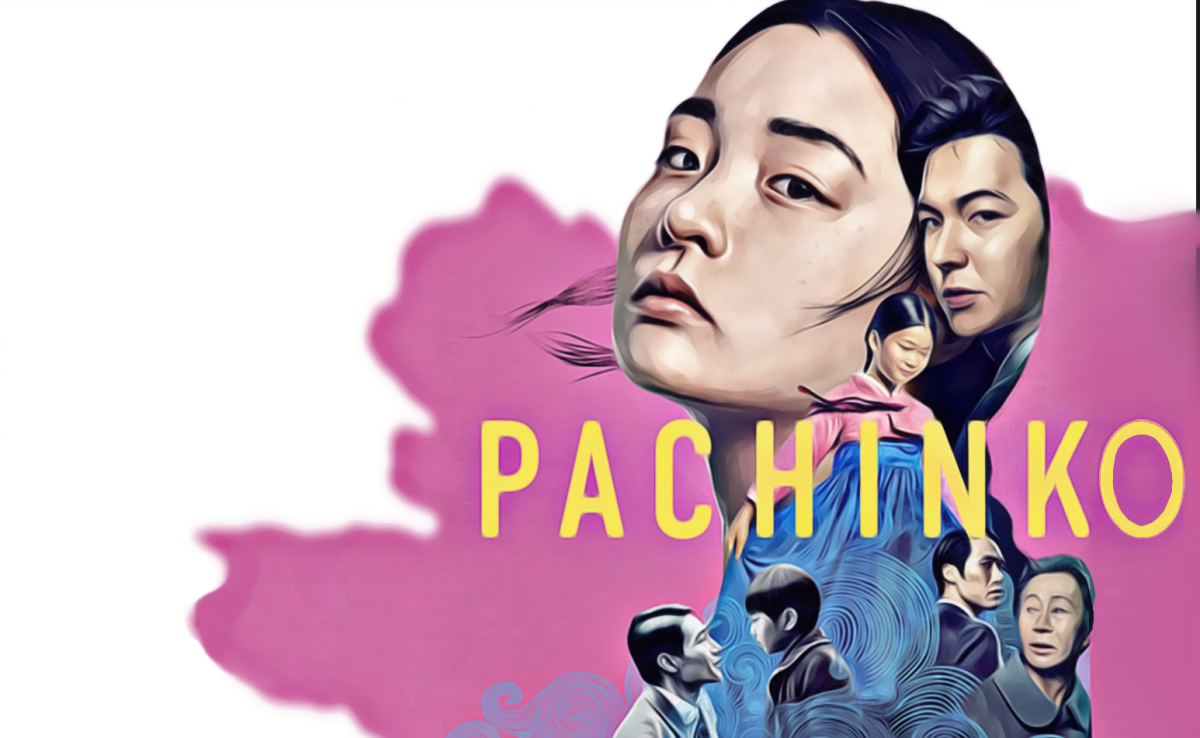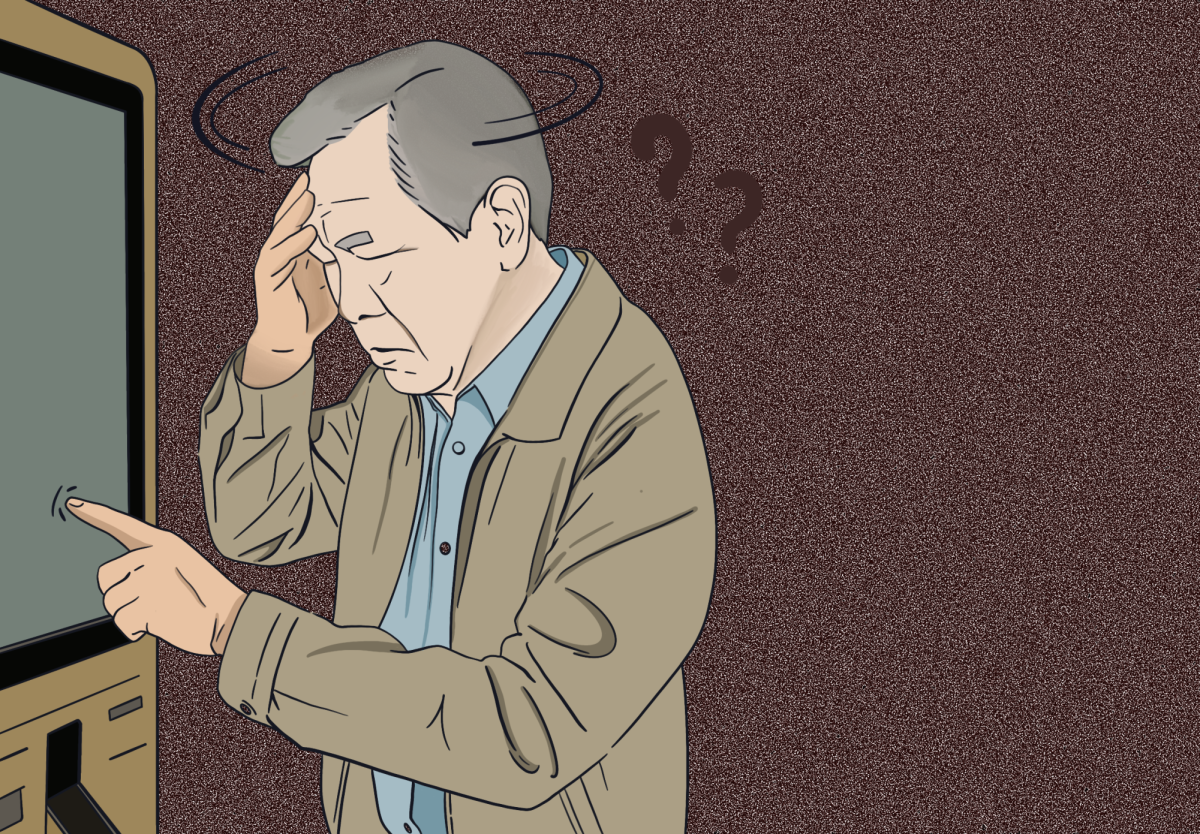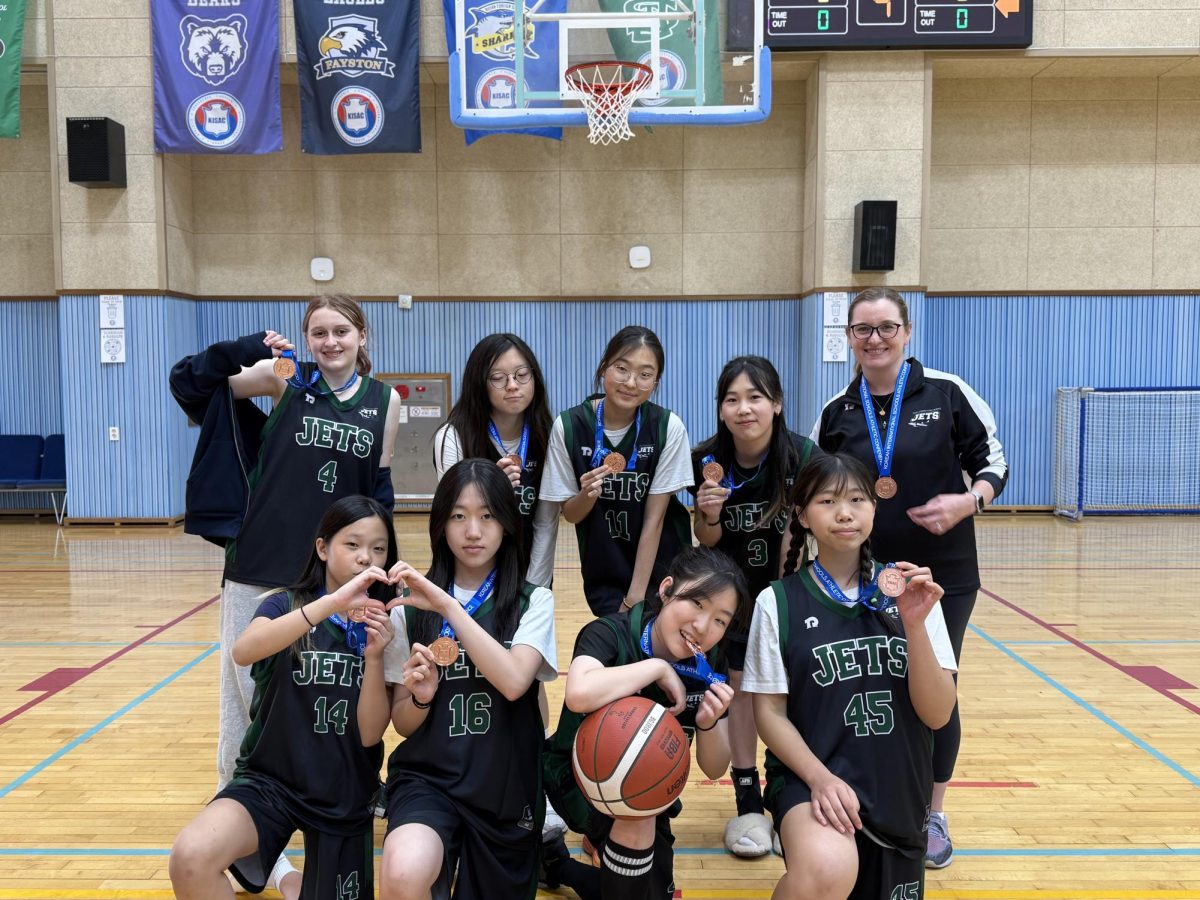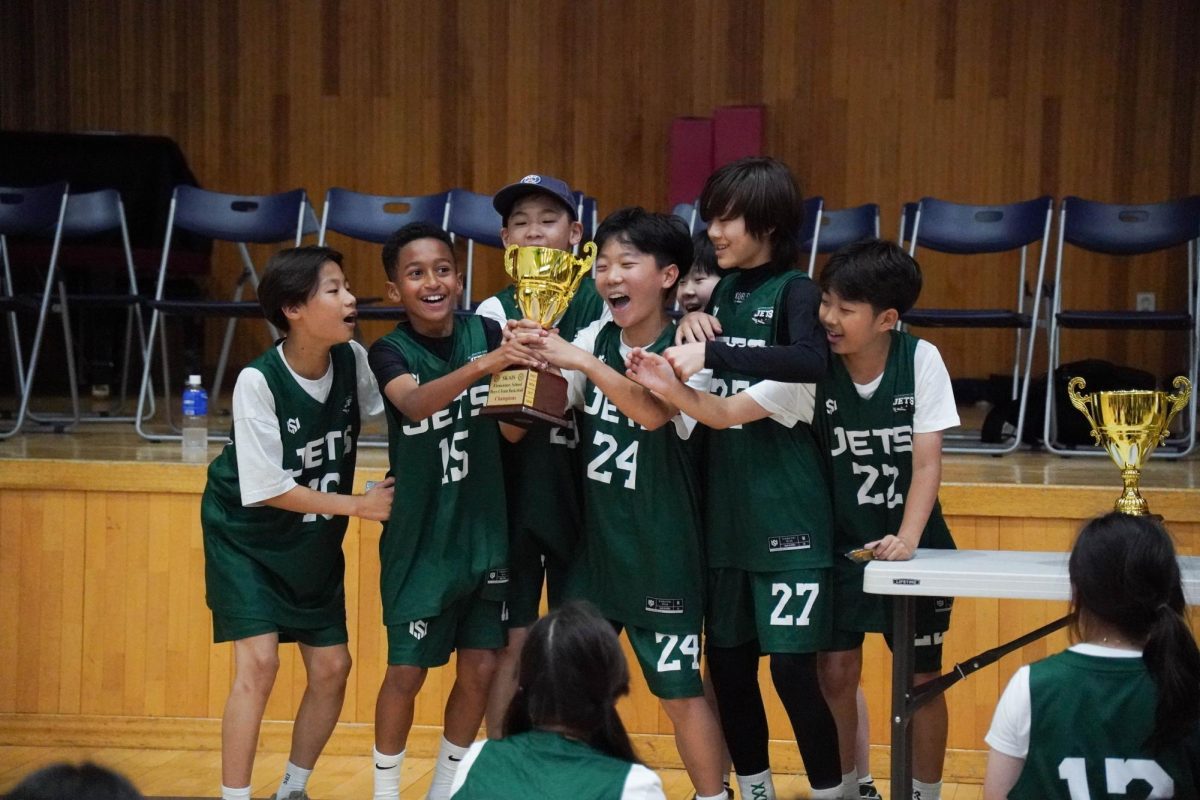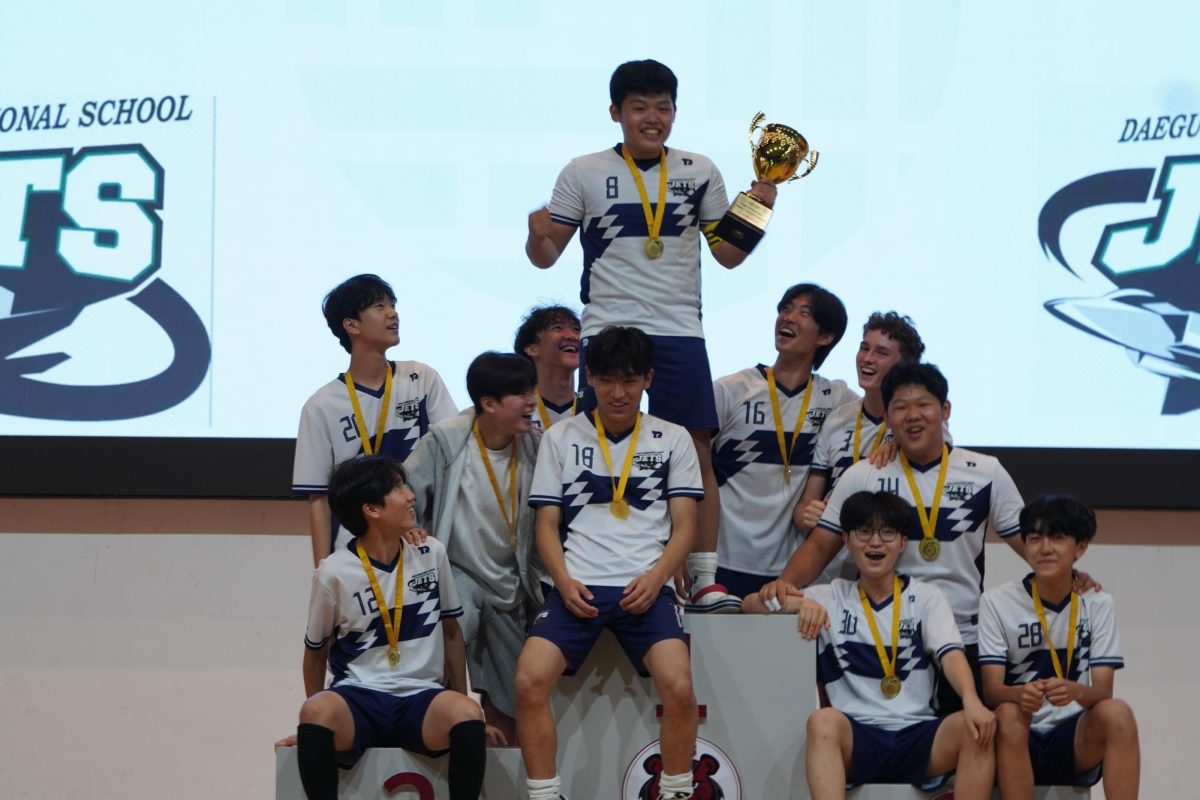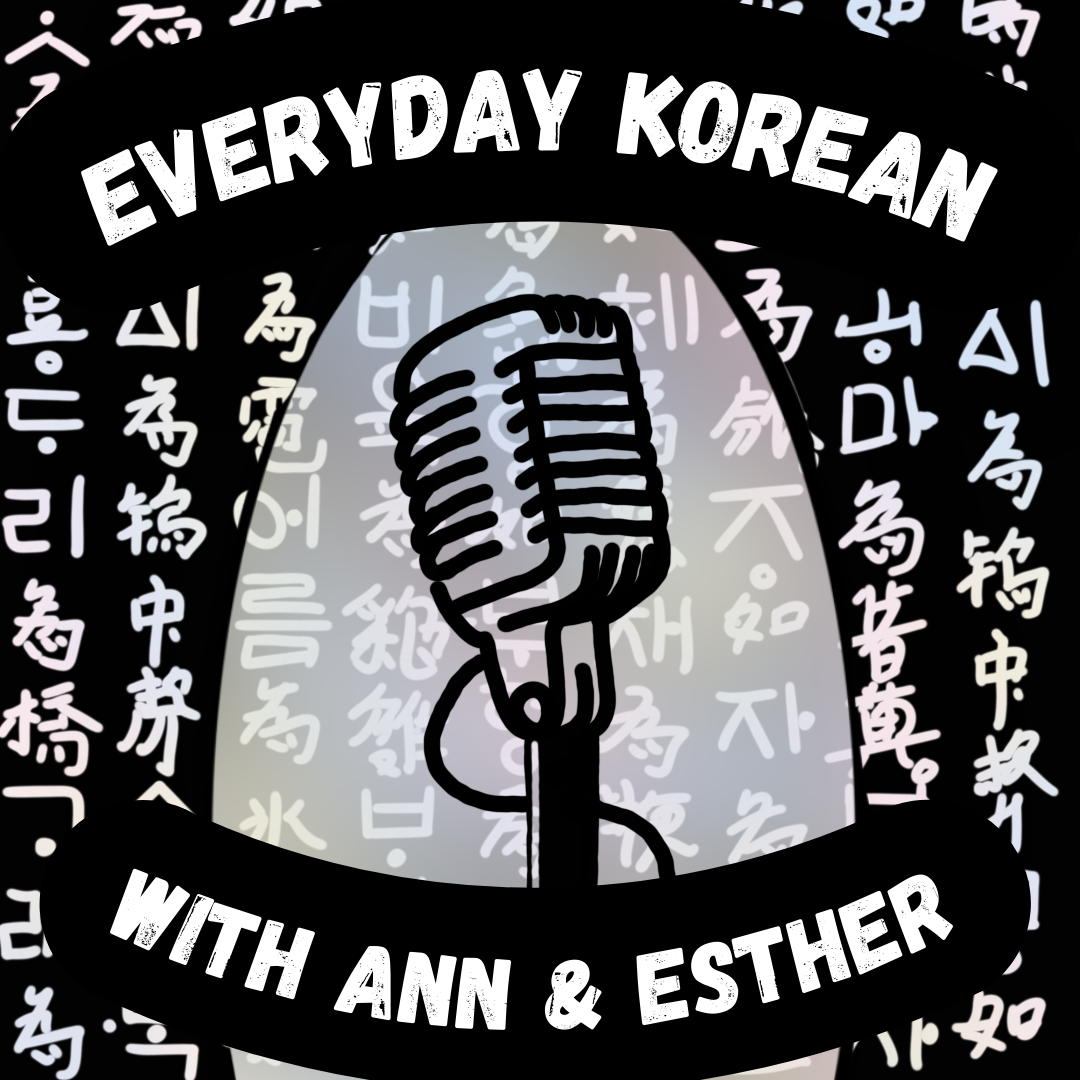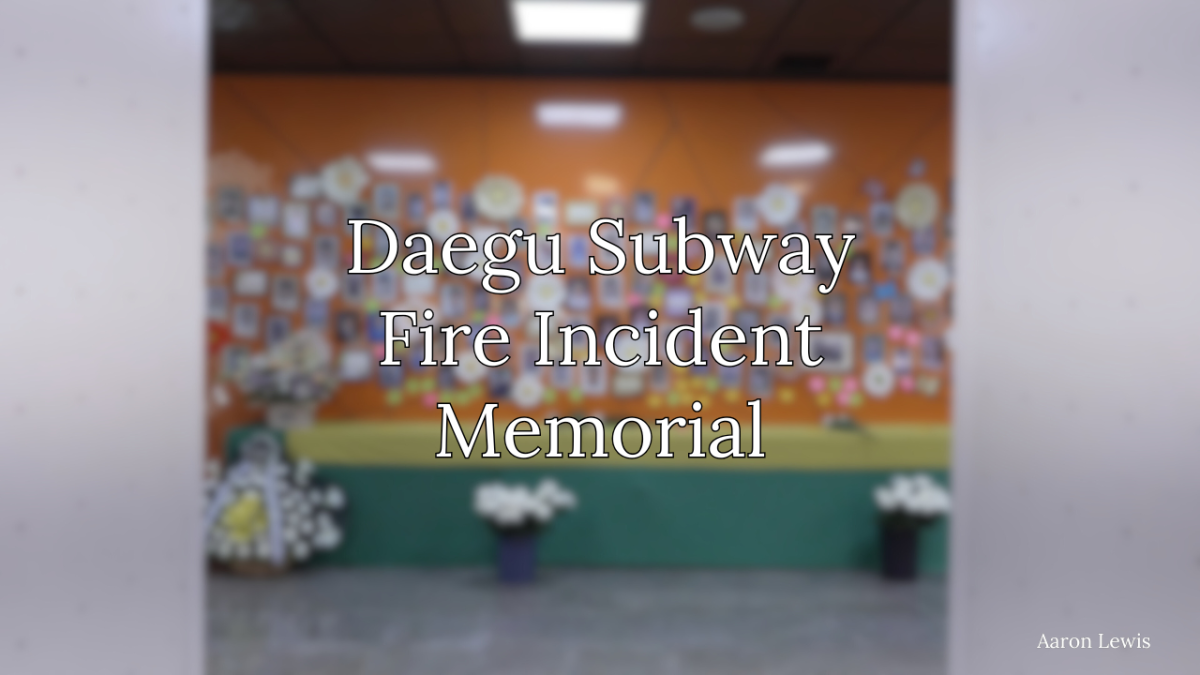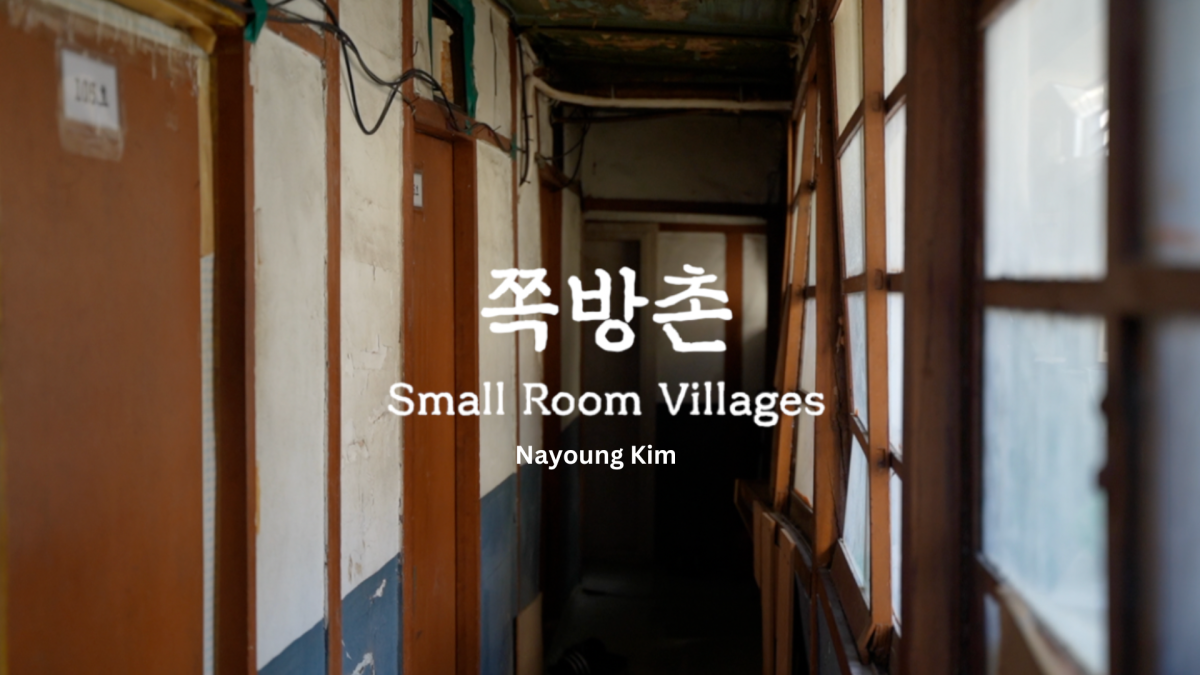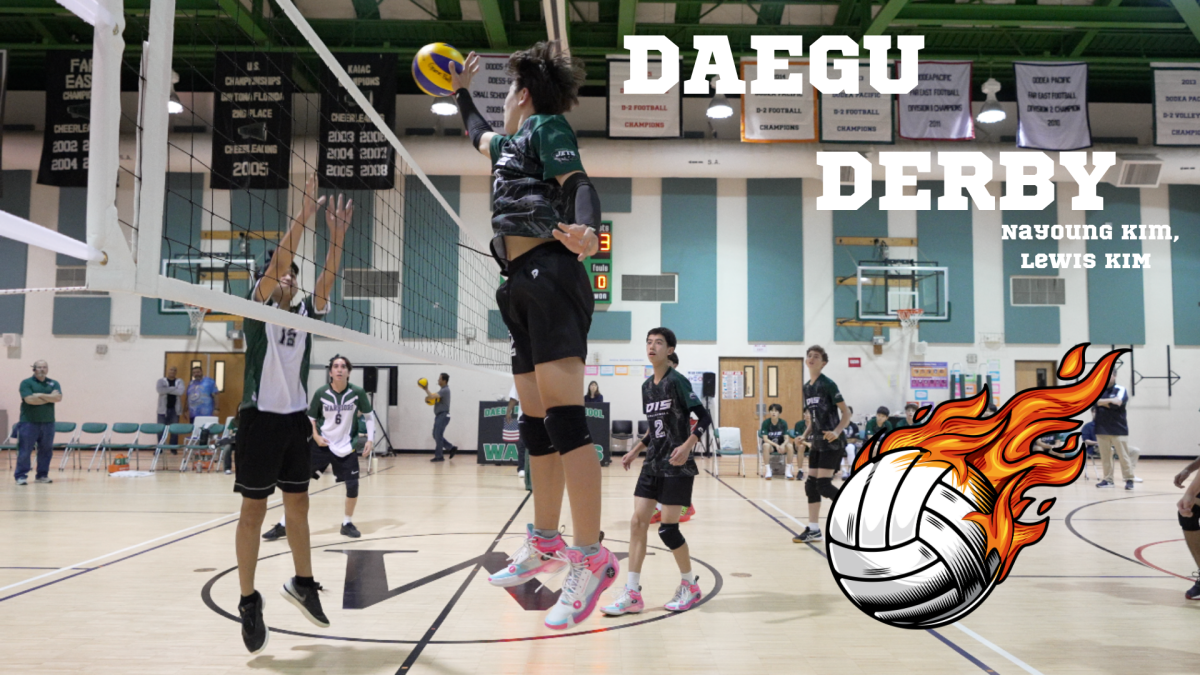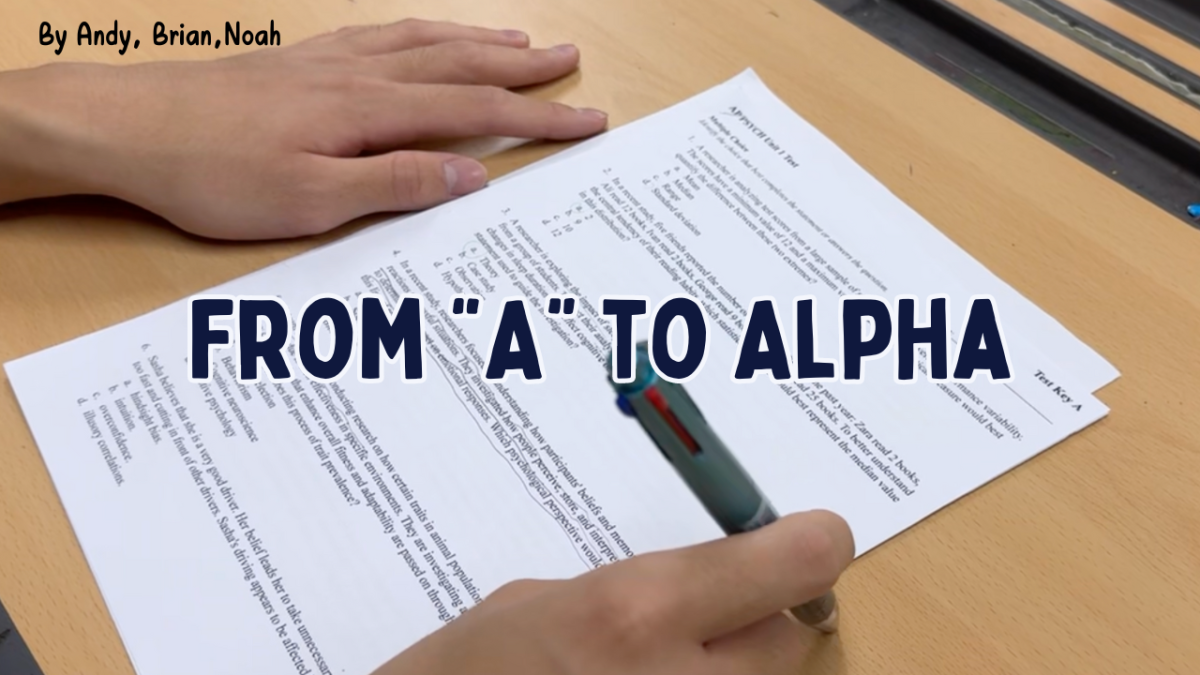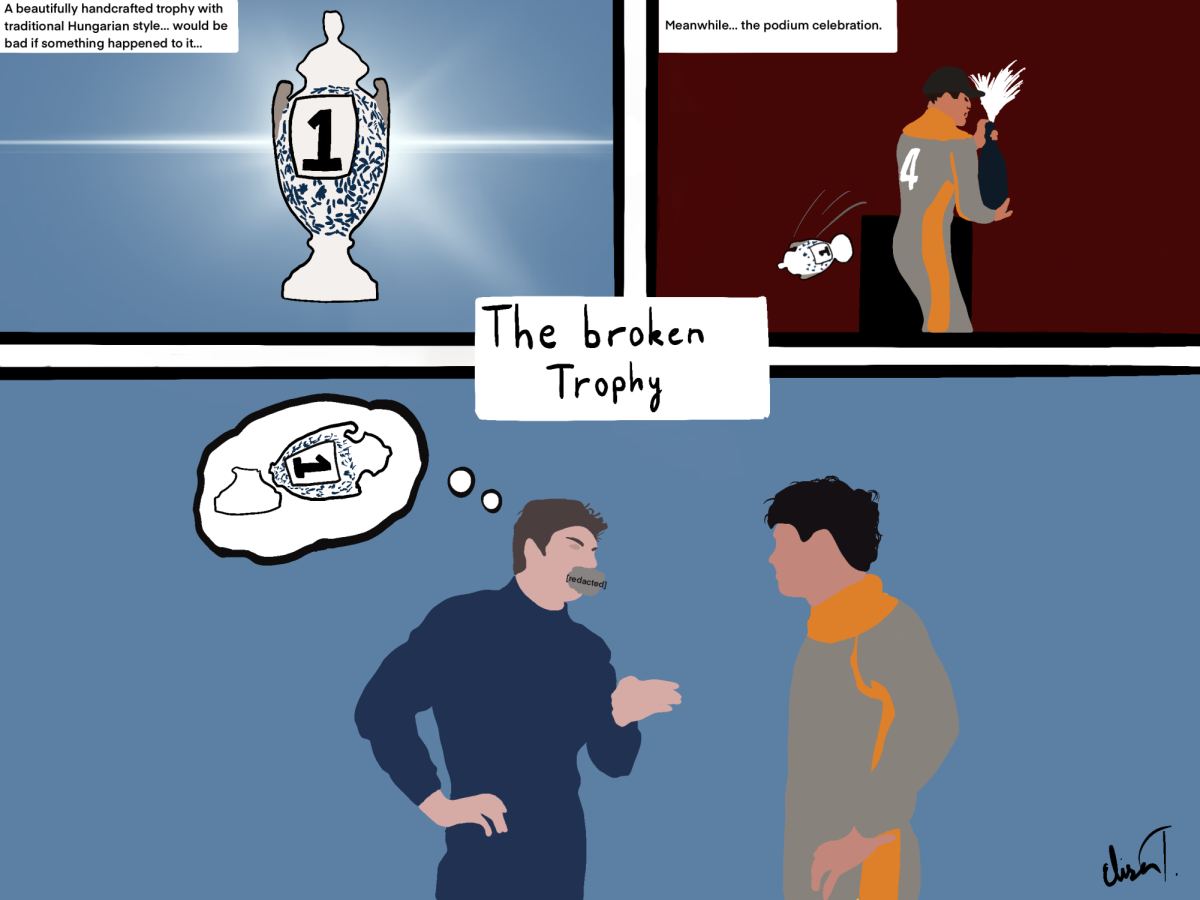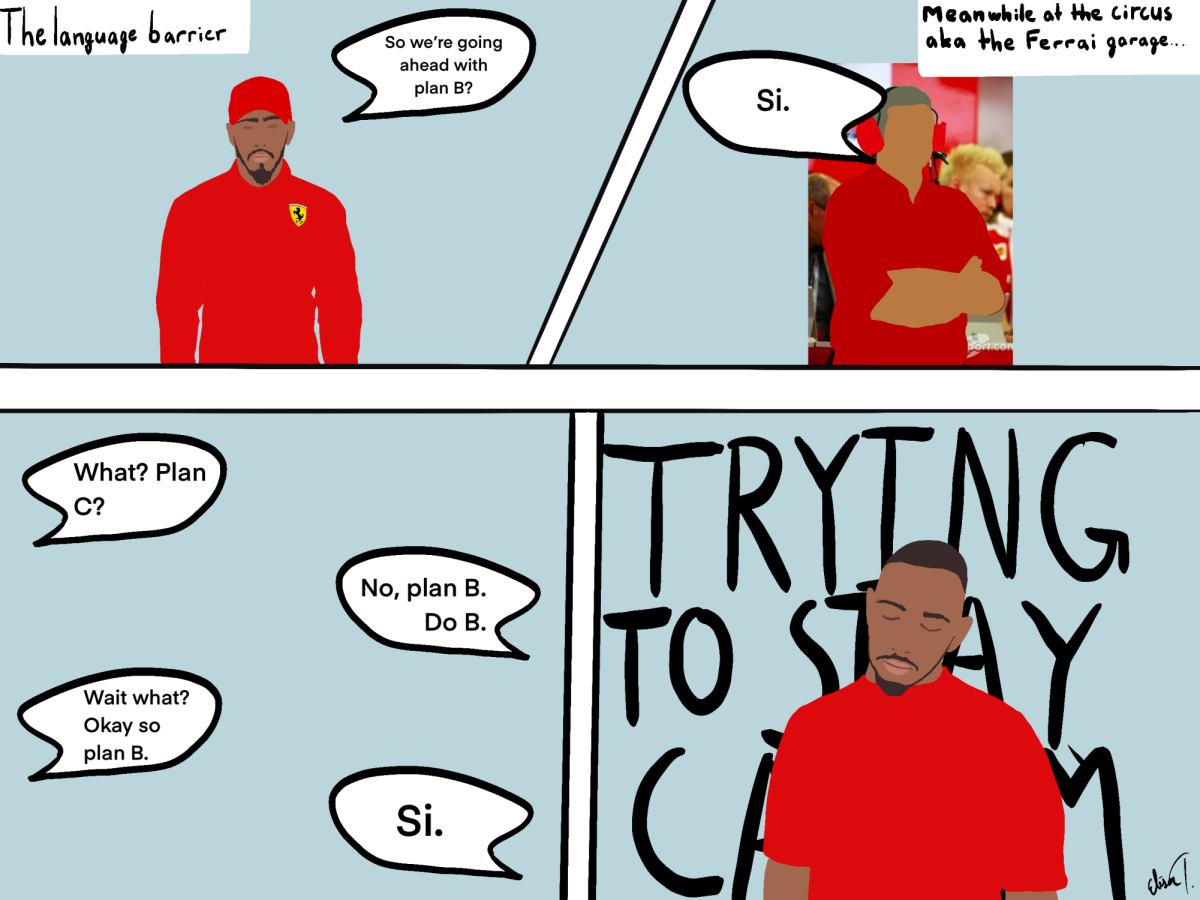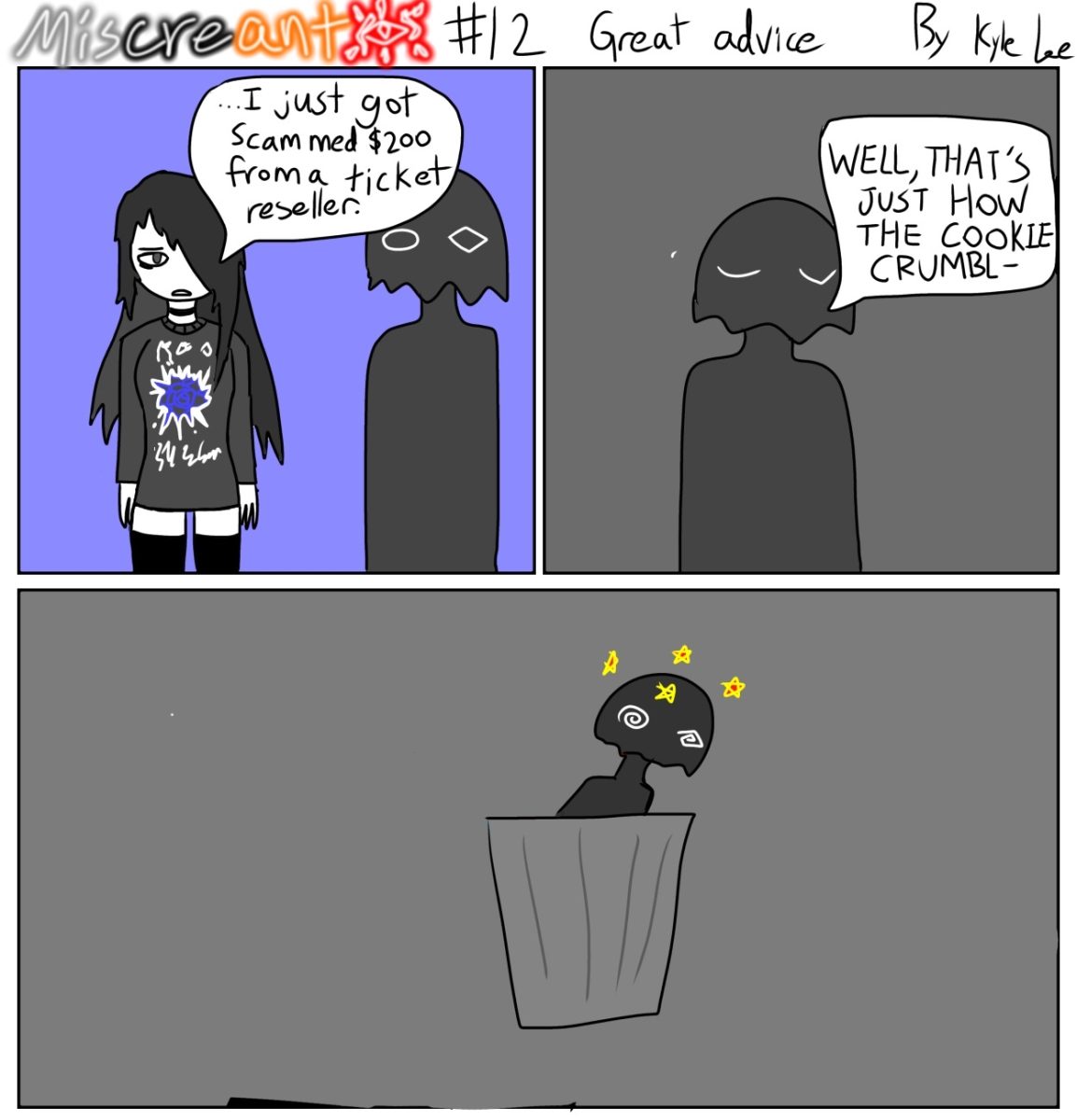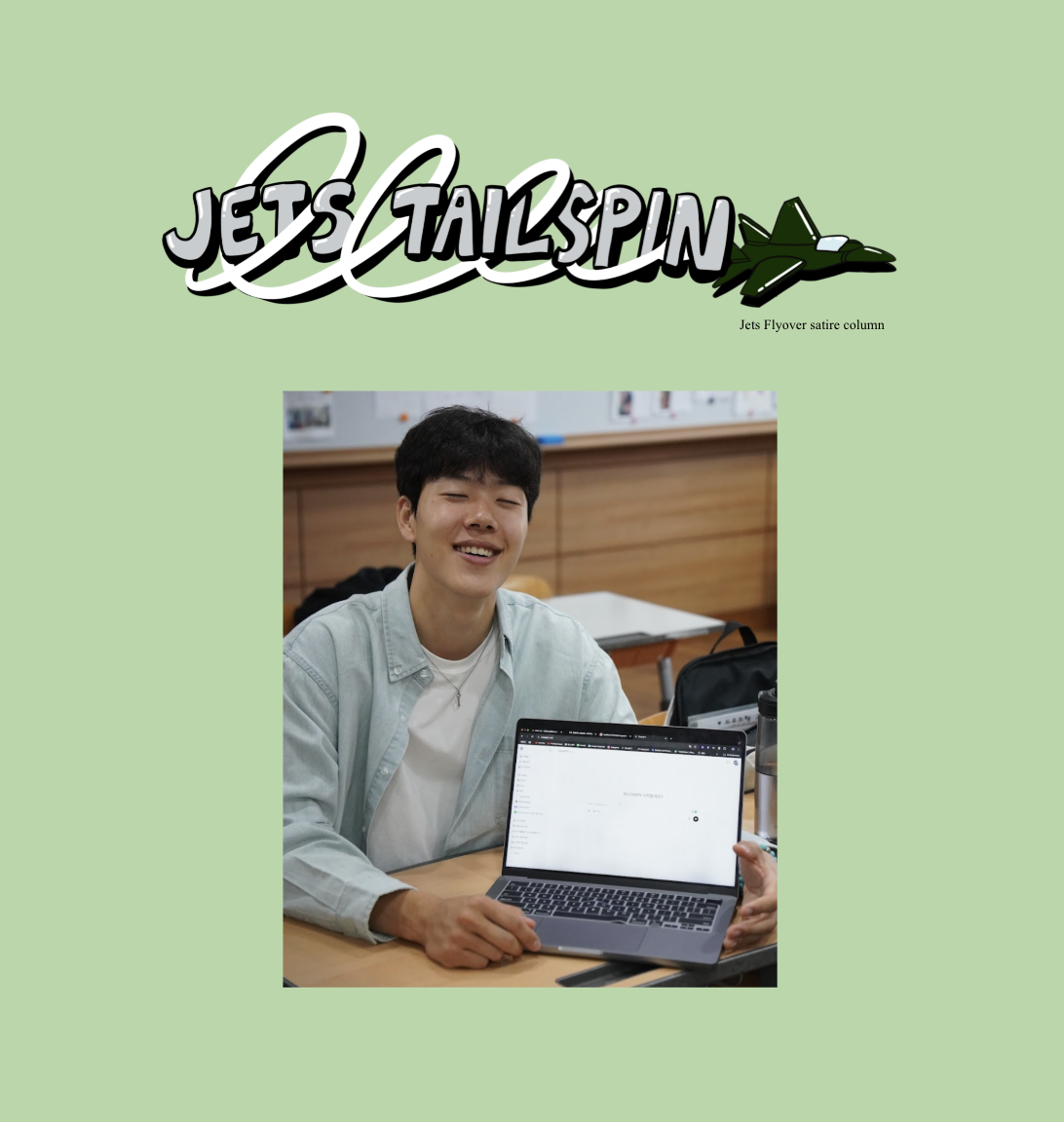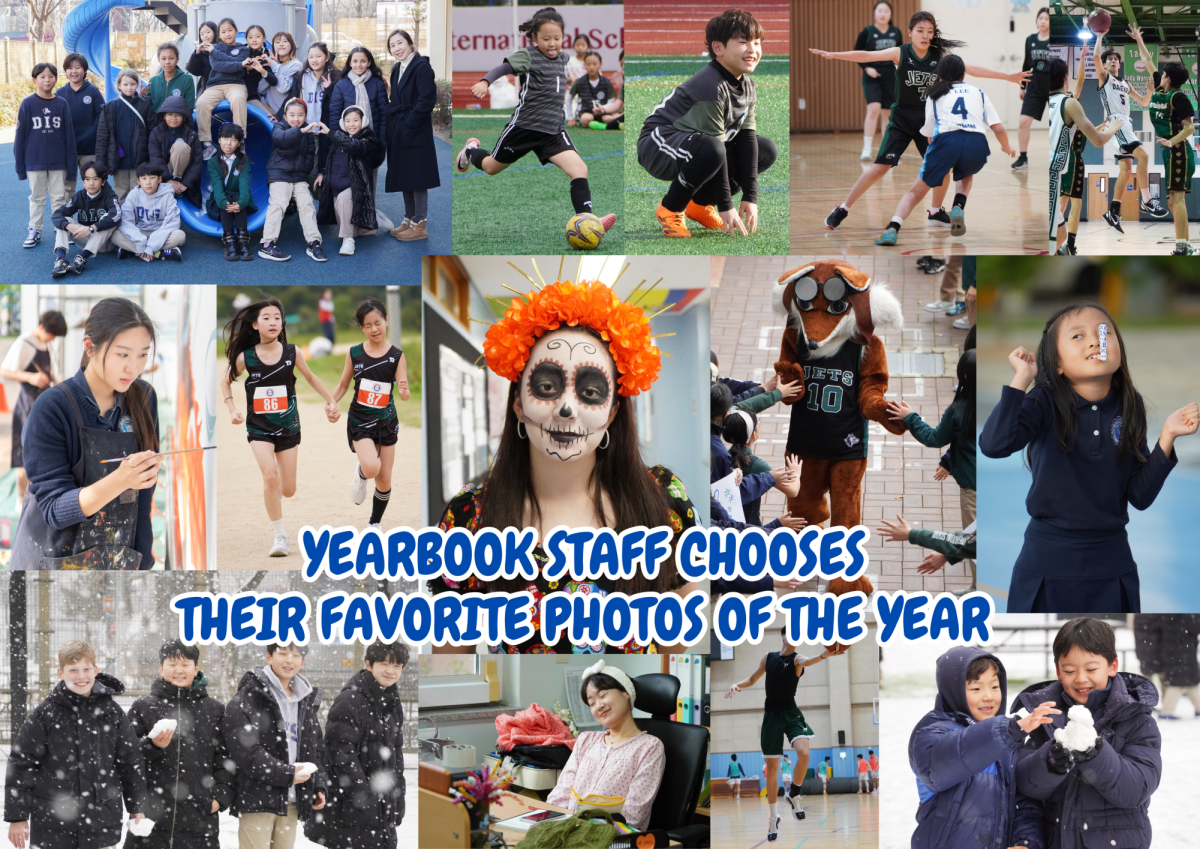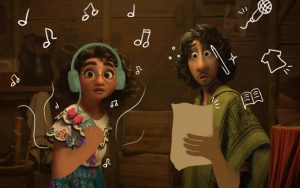Picking Apart the Plot of the Season’s Biggest Hit
November 9, 2018
Behind the addictive songs and eye-catching graphics, there is a unique storyline that helped these elements shine. Just by looking at the main characters, we realize the amount of care and time put into the details of animation. Every single feature of the ensemble’s clothing represents their cultural background through traditional Colombian designs, while character compositions depict his or her unique magical gift. These elaborate characteristics are connected through a typically loving “Disney-ish” moral, which highlights the importance of family, love, and kindness. These universal elements may have been why Encanto was showered with positive feedback by both local and international audiences.
There have already been numerous animations from Disney based outside of Europe and North America: for example, Mulan, Moana, and Raya and the Last Dragon. However, cultural sensitivity and context was taken to the next level in Encanto — hiring a local guide as a consultant. Alejandra Espinosa assisted employees on their four-day tour of Barichara, a small town in northern Colombia.
Her impact on the film was immeasurable, as she advised the production team that the cultural aspects of the movie should be treated with a lot of respect. She mentioned that Colombian culture is sometimes “viewed as of little worth… [which makes it important] to place identity at the center of the debate.”
Along with great cultural references, the magical element the plot revolves around is what makes this movie more special. Using the traditional belief that water is sacred for indigenous people in Colombia, Encanto formed the basis of the story that all the gifts and miracles of the characters were from the river.
Fantasy and the reality of a Colombian lifestyle is a winning combination. The magical powers of the characters drive the main plot compellingly; as such, a great portion of the story is taken up by introducing the characters. Captivating songs full of personality are smoothly embedded throughout the film to explain the cast’s powers.
Unfortunately, the storyline after this character introduction—basically the second half of the movie—is pretty monotonous. Maybe it only feels boring in comparison because of the overwhelmingly outstanding songs and character development at the start, but there’s definitely a shift.
The conflict becomes minor–it’s just the main character trying to find her “missing” uncle (who’s actually much closer than the Madrigals think). The stakes are low, bringing down the tension and suspense of the movie.
Then, there was the ending. Abuela was stubborn throughout the movie, but she resolved every problem between her and Mirabel in their finale-decorating duet. I know the family’s journey provided the matriarch with chances for self reflection, but that process could have been made more clear. It would be much better if the writers included scenes with more focus on the characters going through emotional development. There was no moment where Abuela grew–she just changed abruptly.
It’s true that Encanto is a wonderful movie involving intricate details of Colombian culture and a skillful blend of addictive soundtracks with beautiful animation. Even though some parts of the story might seem underwhelming in comparison to the production quality, perhaps this plotline is the best way to create a heartwarming family movie for all age groups. Uncomplicated conflict and fast reconciliation might actually help the audience easily approach the animation without barriers. All in all, the family bonds and cultural richness still make Enacnto an enchanting experience that I rate a 9 out of 10.




